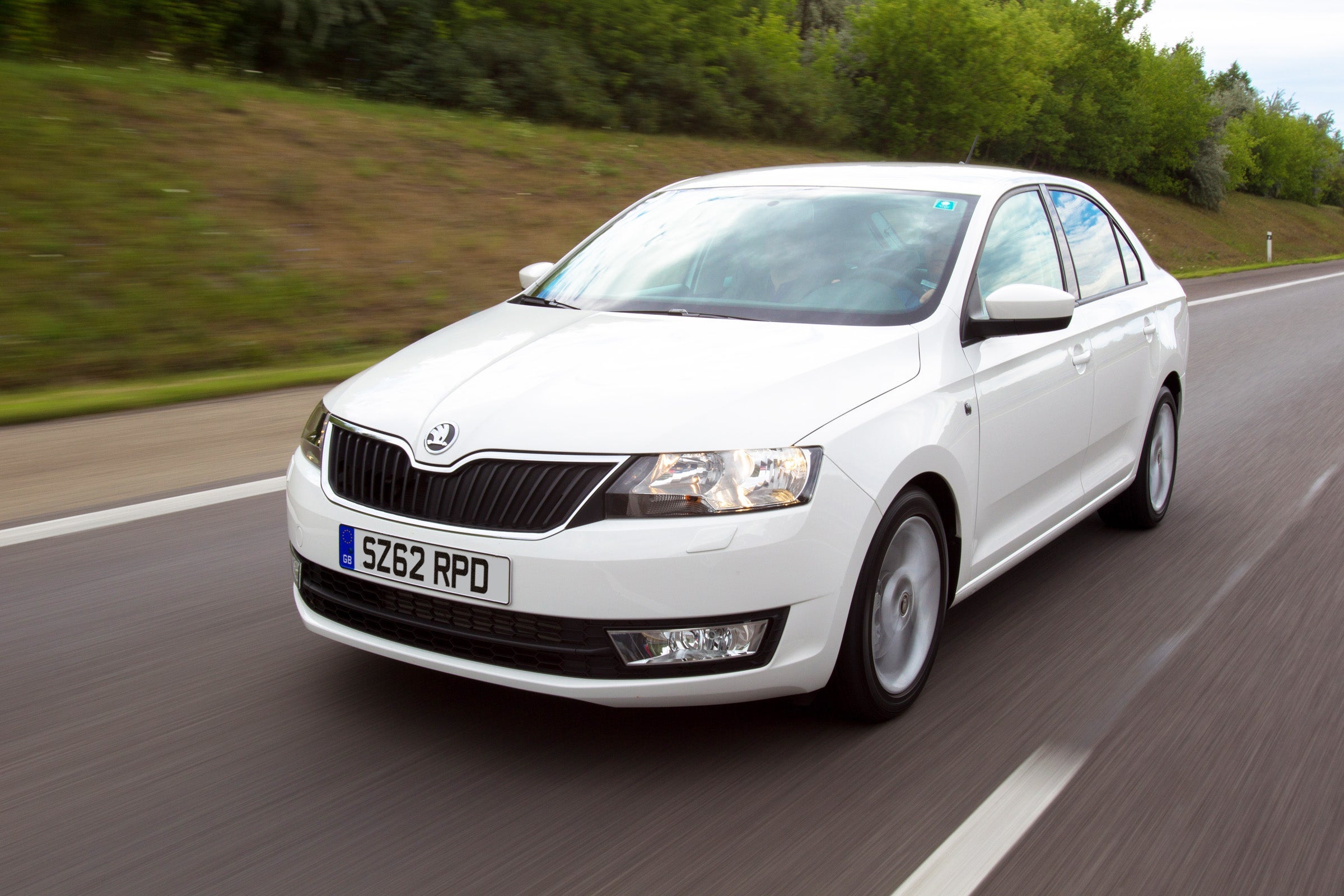Skoda Rapid (2012-2019) Review
Written by David Ross
- 2012
- Small hatch
- Petrol, Diesel
Quick overview
Pros
- Very roomy inside for a small car with a vast boot
- Cheap to run
- Five star Euro NCAP rating
Cons
- Cheap-feeling plastics
- Rapid Spaceback makes more sense
- Diesels are noisy, and the 1.4 TDI is slow
Verdict: Is the Skoda Rapid a good car?
"Bland probably best sums up the looks of the Rapid - Skoda’s small hatchback sits between the Fabia and Octavia. "
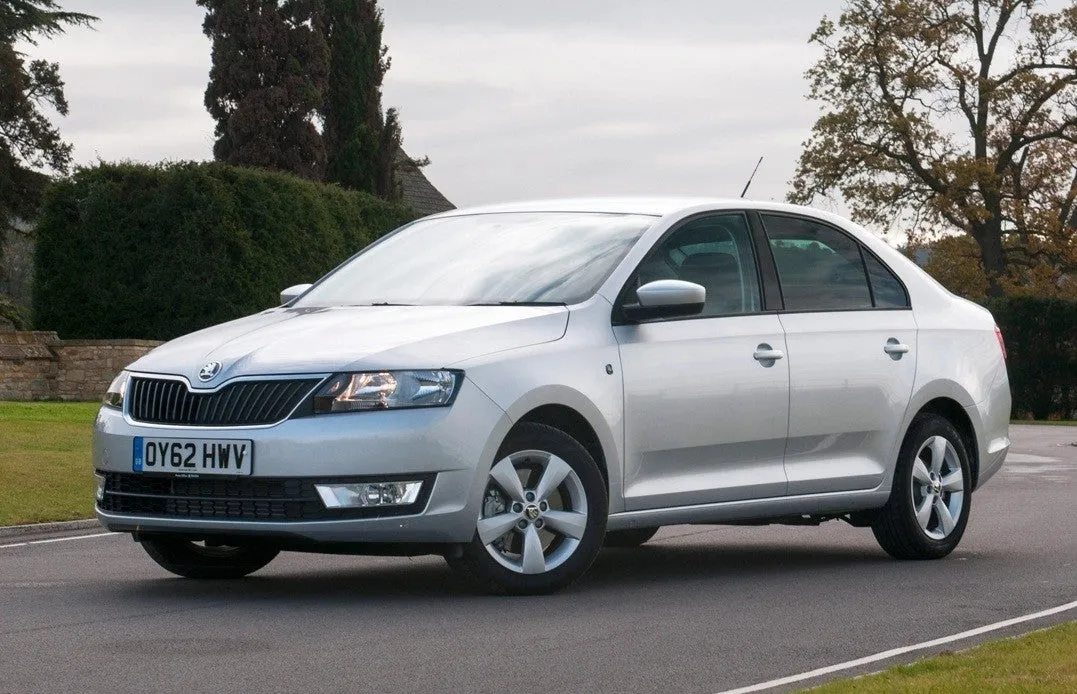
And that was the problem with the Skoda Rapid. Not even some of the people at Skoda we expect, were sure how it fitted into the lineup.
The fact it looked like a small saloon didn’t help either, as these have never been popular with UK buyers. It was a hatchback and a very spacious one, with lots of rear space and a whopping boot.
Few cars this size offered as much room inside back then. There was plenty of legroom for anyone in the back, even with the front seats moved all the back. It made it ideal for kids in car seats, especially rear-facing. It even had a five-star Euro NCAP rating.
Then there was the huge boot. The big tailgate with its wide opening reveals a cavernous area that could carry more than you’d imagine. With 550 litres of cargo space, the boot wasn't far short of that you'd find in an Audi A6 Avant.
Being a Skoda, it had plenty of storage space and had useful features like a handy ice scraper in the fuel filler cap. It was a shame that the interior felt cheap in places. It was well put together, but the plastics used were hard and scratchy. The seats were narrow and didn't offer much support either.
It did drive well, with decent steering and a safe feel from behind the wheel. Fun was way down the menu, but it was reassuring, nonetheless. The ride quality let it down, and around town, over potholes and basically on anything other than smooth tarmac - it wasn't particularly sophisticated.
The Rapid was, however, cheap to buy and run. All the engines were focused on economy, and while the 1.4 TDI and 1.6 TDI diesels were frugal, we’d suggest the 1.2 TSI or the newer 1.0 TSI, both of which will return at least 50 mpg in real-world driving.
Perhaps the biggest issue with the Rapid was its counterpart, the Rapid Spaceback. It may have had a smaller boot, but with its conventional hatchback design, it was more versatile and made more sense for most buyers.
Looking for a used car for sale? We've got 100s of Skoda Approved Used Cars for Sale for you to choose from, including a wide range of Skoda Rapid cars for sale.
Is the Skoda Rapid right for you?
It may look like a saloon, but the Rapid is a hatchback and a practical one at that. If you want a car that’s easy to park and doesn’t take up much room on your driveway but still has lots of room in the back and a big boot, the Rapid could fit the bill.
The Rapid might not have a striking design, and if you want a car to make an impression, look elsewhere. However, it will appeal to those not phased by neighbouring opinions and are more concerned about getting lots of space for their money.
It’s good for families who don’t want a huge car yet still need good rear space and a big boot. It’s also ideal as a second runabout or for retired couples who still want to be able to take the grandchildren out occasionally.
What's the best Skoda Rapid model/engine to choose?
The Skoda Rapid shared the usual engines found in most small Volkswagen Group cars of that era and is a car focused on low running costs rather than performance. The best, in our opinion, was, and still is, the turbocharged 1.2 TSI, which comes in two versions.
The more powerful was the better choice if you carried more kit in the Rapid. But the lower-powered model was still more than adequate around town. The basic 1.2 MPI is slow and is best avoided unless you seek a basic A-to-B car.
The 1.2 TSI was later replaced by the 1.0 TSI, which wasn't as smooth as the 1.2-litre but was still just as nippy. SE models are the ones to go for, and there are lots around. SE L and Elegance got more kit, but we wouldn’t pay much more for them on the used market.
What other cars are similar to the Skoda Rapid?
If you haven’t already worked it out, the Skoda Rapid was the sister car to the SEAT Toledo. They had the same engines, interior and basic design. Only the headlights and grille were different. The Rapid was more popular, so used examples are aplenty.
To slightly confuse things, the Skoda Rapid Spaceback was a more conventional hatchback offering the same lots-of-space-in-a-small-package design. There are also more of them about on the used car market.
The Kia Cee’d and Hyundai i30 were rivals, or you could consider a small crossover like a Suzuki SX4 S-Cross or even a Citroen C4 Cactus.
The Kia Cee'd was replaced with the newer Ceed, and the Suzuki SX4 S-Cross is no more; the latter was replaced with the S-Cross. Similarly, the Citroen C4 Cactus was superseded by the new C4. There's also the Citroen C3 Aircross.
If a direct Skoda replacement is preferred, there's the Skoda Scala.
Comfort and design: Skoda Rapid interior
"We’d stop short of calling the interior of the Skoda Rapid utilitarian, but it feels like it was designed with practicality in mind rather than having any pretensions of being upmarket. The design and layout are functional, but that does mean everything is easy to work."
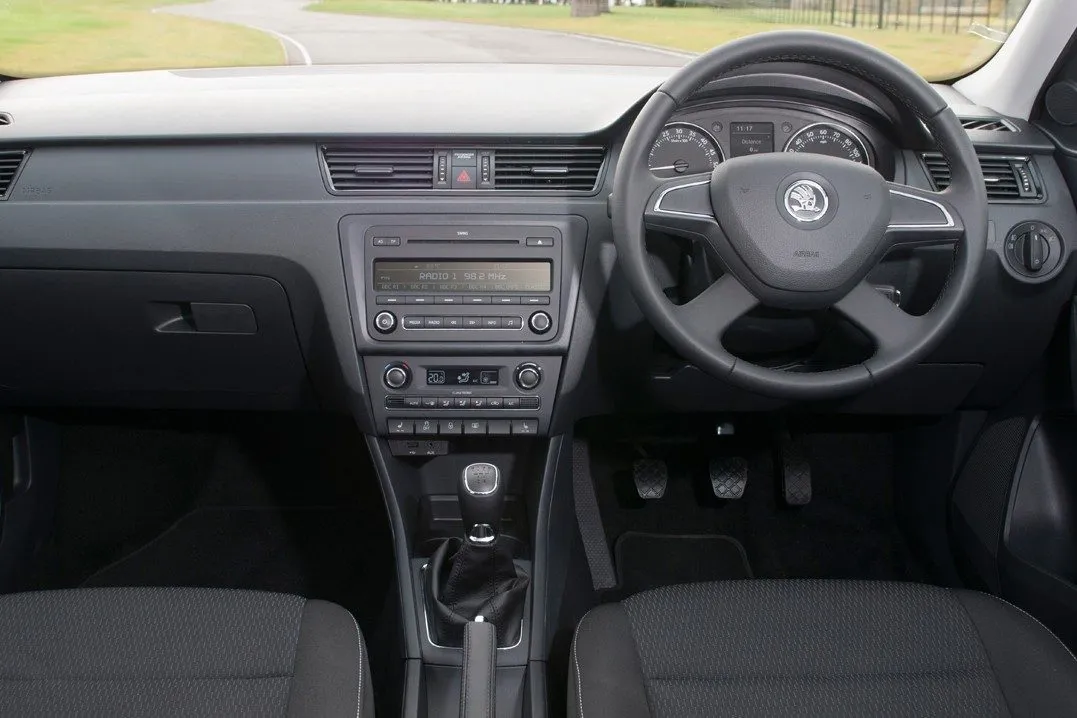
The simple and clear instrument dials were easy to read, while the old-school button layout meant it was simple to get to grips with. You didn't have to root through the owner’s manual to turn on the air conditioning.
The seats were narrow and didn't offer much in the way of side support. They were fine for shopping trips, but you wouldn’t want to spend all day behind the wheel of the Rapid, especially if you suffer from a bad back, as there’s no lumbar support.
If you’re tall, you’ll find that the driving position could be lower, but the pedals are well spaced, and there’s good room for your left leg to rest when it’s not on the clutch.
Quality and finish
You can tell the Rapid was built to a price with lots of hard plastics everywhere and little in the way of luxury. Little was wrong with this, but it made it feel like a dentist’s waiting room - a place you have to spend time in but rarely enjoy.
The plastics used were not only hard but scratchy and marked easily. Compared to newer Skoda models, the Rapid feels distinctly old-fashioned in this respect. It means older models that aren’t well cared for can look tired.
On the plus side, all the buttons and switches felt good quality, and the controls, like the clutch and gearbox, all worked solidly. It was a well-finished car and certainly not flimsy. Higher spec models got a leather steering wheel and a leather gear lever surround, giving the interior more appeal.
Infotainment: Touchscreen, USB, sat-nav and stereo in the Skoda Rapid
Another area where the Rapid is showing its age is in infotainment. Or rather the lack of it. Basic models had a simple-to-use stereo with a black and white display. If you’re not fussed by having the latest tech and aren’t worried about playing music from your phone, this still works well enough. It also had a CD slot (remember those).
SE models were better and had phone connect ability for calls and music. Look out for models with the Multi Device Interface (MDI), which had a colour screen, albeit small by modern standards.
Fortunately, things improved in the 2017 models. These got an updated infotainment system with Bluetooth, Apple-compatible USB port, and modern touches like Apple CarPlay and Android Auto. The touchscreen was improved too, with a bigger and clearer display.
Space and practicality: Skoda Rapid boot space
Skoda is well known for its ‘simple clever’ features. The big Superb has umbrellas built into the door, for example. And the Rapid doesn’t miss out on these. There was an ice scraper built into the fuel filler flat, a little clip for holding parking tickets on the windscreen and even a removable rubbish bin in the door. The reversible boot liner was ideal for muddy dog paws and even muddier wellies.
It may not be a big car, but the Rapid made the best of its space. There were few cars this small that offered this much space inside. Those in the back had plenty of room, and even with the front seats back, there was still good legroom for those behind. It also meant extra room for children and car seats.
The boot was 550 litres, making it bigger than a Ford Mondeo’s. A same-era Golf, for comparison, had 380 litres of cargo room. It was a useful space too, so despite the rather prominent lip, the boot could carry a lot more than you’d expect, helped by the wide opening and vertical sides.
Handling and ride quality: What is the Skoda Rapid like to drive?
"There’s little to get excited about from behind the wheel of the Rapid. It’s just what you’d expect - predictable and easy to drive. The steering is light and precise enough but won’t engage you into thinking this is particularly fun to drive."
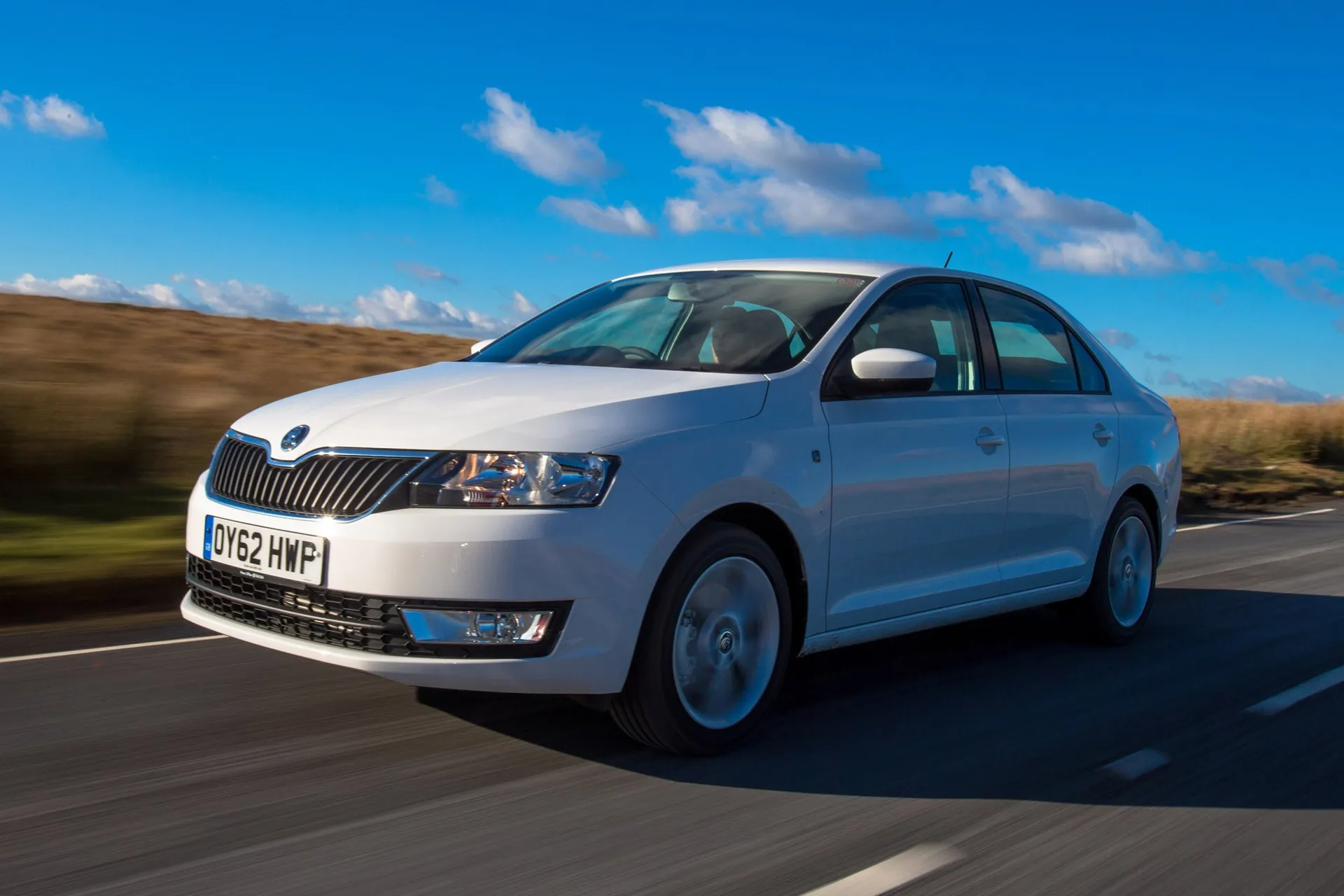
Not that it needs to be. It got all the basics right and felt safe, even through tight corners on a wet day. There wasn't much body roll, and it had decent grip levels. Around town, it was easy to park in small spaces and navigate down narrow streets, although the rear windscreen was quite shallow and parking sensors were an optional extra.
What let the Rapid down was the ride quality. It was overly stiff, which might've been good for controlling body roll in corners but did little for comfort. Over poor surfaces, it was bouncy and couldn't quite settle, feeling jittery. It was much happier on smooth motorway surfaces, where it happily cruised along.
What engines and gearboxes are available in the Skoda Rapid?
The Rapid engine lineup reflected the car’s practical nature. There were the usual small petrols and diesels, starting with a 1.2-litre 12V in the entry-level model. It was fine for getting around, but we’d avoid it if possible and go for the 1.2 TSI.
There were two versions, and even the lesser-powered one provided decent get up and go at low speeds, thanks to its turbocharger. It may seem small, but it as a great engine and suited the Skoda perfectly, giving it a surprisingly rapid turn of pace (if you’ll pardon the pun).
This engine was later replaced by a 1.0 TSI, an eager three-cylinder. This wasn't as smooth as the four-cylinder 1.2 TSI. The most powerful 1.4 TSI petrol had a DSG automatic, which we’d avoid as it has a high failure rate.
Most models had a five-speed manual gearbox that was easy to use with a nicely positive shift. The more powerful 1.2 TSI had a six-speed gearbox and was quieter and more relaxed at speed.
If you want outright economy and cover mega mileage, pick a diesel. Sadly, they weren't very refined and were pretty noisy. The 1.4 TDI was slow, so go for the better 1.6 TDI. It was no bundle of fun, but it had more pulling power, and efficiency was few and far between.
Refinement and noise levels
The Rapid's poor ride quality over rough roads meant refinement wasn't great, and it tended to thud over potholes, which wasn't pleasant for anyone on board. This was one area where it felt like a cheap car. The Hyundai i30 was a lot better in this respect.
Things improved at motorway speeds, where the Rapid was smoother and surprisingly relaxed at a gentle cruise, especially with one of the more powerful engines. The 1.6 TDI barely worked at 70mph.
Wind and road noise were respectably low, and the engines weren't intrusive either. That couldn't be said for around town, though, where both TDI units were noisy and clattered on start up. There was also considerable vibration through the steering wheel from the diesel engines, and the later 1.0 TSI wasn't much smoother.
Safety equipment: How safe is the Skoda Rapid?
The Rapid was awarded the maximum five-star rating when it was crash-tested by Euro NCAP in 2012. This meant the identical SEAT Toledo also had the highest rating possible. Adult occupant safety scored 94%, although the report highlighted that the seat and head restraint only provided marginal protection against whiplash.
The safety kit included ESC stability control alongside driver and front-seat passenger airbags, head airbags and side airbags for front passengers. There were Isofix mounts on the two outer rear seats.
MPG fuel costs: What does a Skoda Rapid cost to run?
"Little surprise that it’s the diesels that return the best economy and you can expect more than 55 mpg from the 1.6 TDI and close to 60 mpg if you’re gentle. There’s no real economy difference between the 1.4 and 1.6 TDI, so don’t be fooled into going for a 1.4 TDI because you think it will be better on fuel. It won’t."
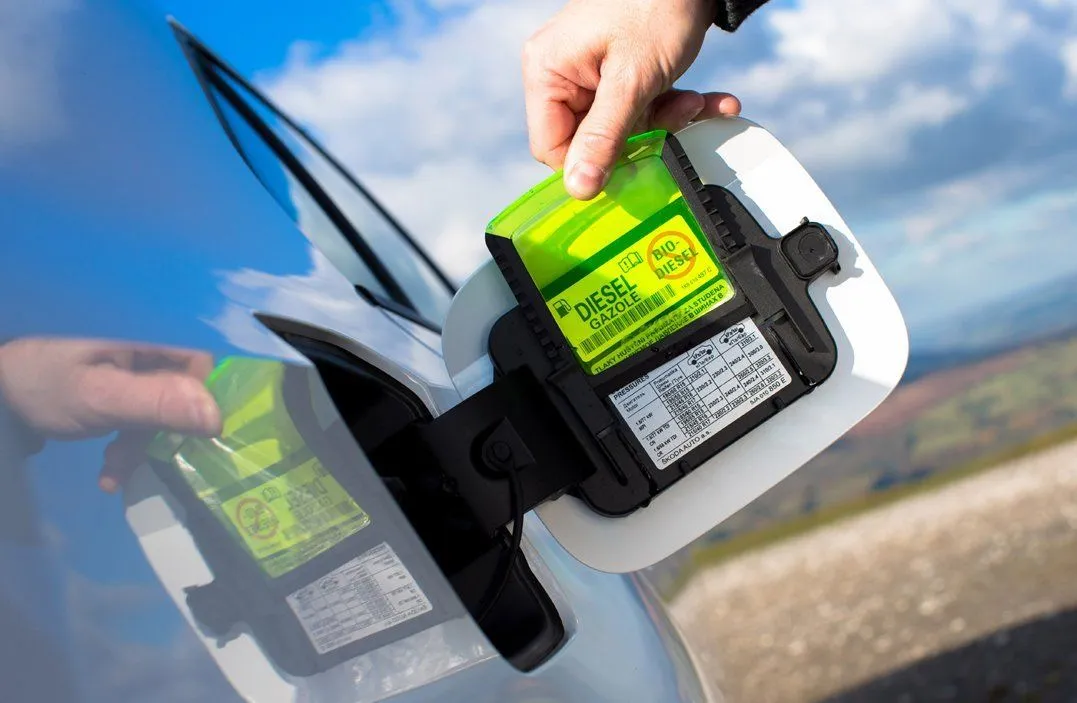
The petrols are still very economical and cheap to run, and we’d recommend them over the diesels. The 1.2 TSI was available in several versions over the years (Skoda likes to keep everyone on their toes), but you’ll see around 50 mpg from most. The 1.0 TSI is better still, although not as smooth as the 1.2.
Skoda Rapid reliability and warranty
Steer clear of the DSG 'boxes as these were troublesome. Other common issues included headlamp fogging, blocked DPF, weak headlights and rear windscreen wiper issues.
Skoda Rapid insurance groups and costs
While economical, the Rapid is also cheap to insure, with most models hovering around group 15 and 16 for insurance, so expect premiums to be very affordable.
Even the highest-rated models are only group 19, but they’re DSG automatics, which we wouldn’t recommend as it's a gearbox with a poor reliability record. The basic S is the most affordable for insurance as it’s a group 7 while the economical 1.6 TDI Greentech is group 15.
VED car tax: What is the annual road tax on a Skoda Rapid?
The Skoda Rapid straddles two tax systems - post and pre-2017. Regardless, the cheapest is the 90 bhp 1.4 TDI CR and the 115 bhp 1.6 TDI CR. Both emit under 100g/km, meaning no road tax is paid.
The most expensive is the 1.4 TSI DSG, so more reason to steer clear. These emit 134g/km of c02, meaning £190 per year. Most post-2017 cars emit C02 figures of around 100g/km.
Skoda Rapid price
"You may find attractively priced 1.6 TDI models around with galactic mileages, but be aware that they’ve likely been used as taxis and minicabs."
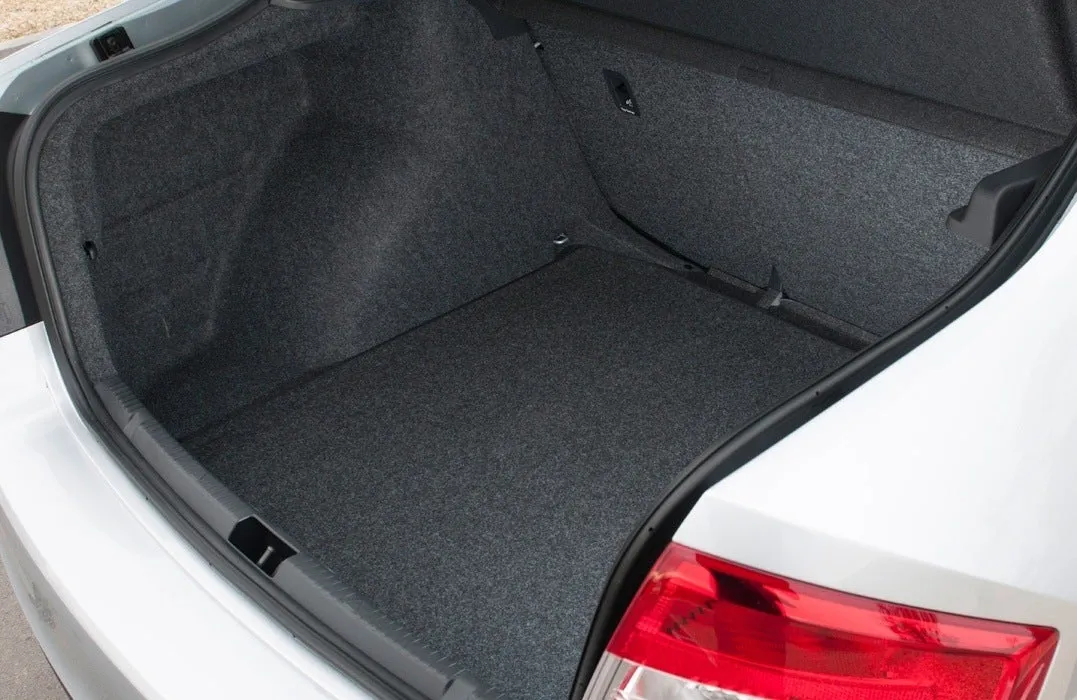
The petrol is the better choice in our opinion. You can get a 2017 sub-56,000-mile car for £7,000. As mentioned, the cheap 1.6 TDI cars have anywhere from 120,000 to 200,000 miles and are priced from £1,500.
We spotted a 2016 car with 115,000 miles for £10,000 - bonkers. We also saw a 2018 car with just 19,000 miles for the same price. 2017 cars with respectable mileage demand around £7,000.
Trim levels and standard equipment
Skoda pretty much stuck with the same trim levels throughout the life of the Rapid, making working out what you’re looking at on the used market a lot easier. Essentially, S models were entry-level and were a bit back to basics, although you got central locking and electric front windows.
SE trim was much better and had 15-inch alloys, air-con and electric front windows, alongside a height-adjustable driver’s seat. The top Elegance version had 16-inch alloys, cruise control, rear electric windows and a multi-function steering wheel. Elegance was later replaced by the SE L.
It’s worth looking out for the limited edition Rapid Sport. It only came in white but had extra kit including 17-inch black alloy wheels, front fog lights, sports seats and a rear spoiler.
Ask the heycar experts: common questions
Do Skoda still make the Rapid?
Is the Skoda Rapid a good car?
What is the best Skoda Rapid to buy?
Get our latest advice, news and offers
Keep me updated by email with the latest advice, news and offers from heycar.
By submitting you agree to our privacy policy
